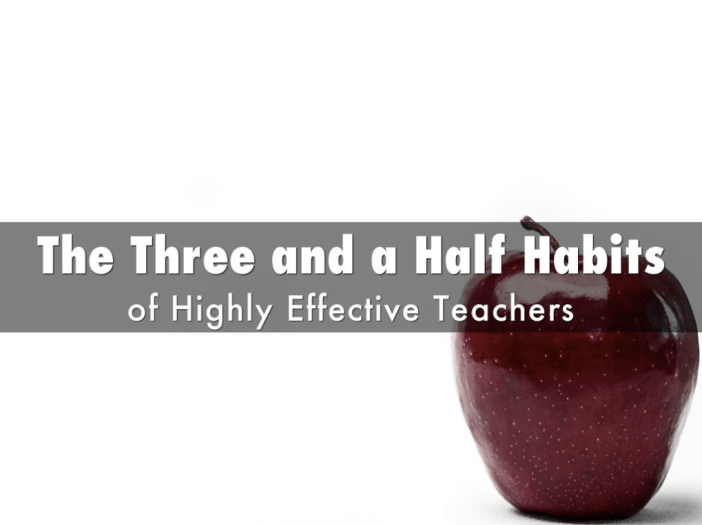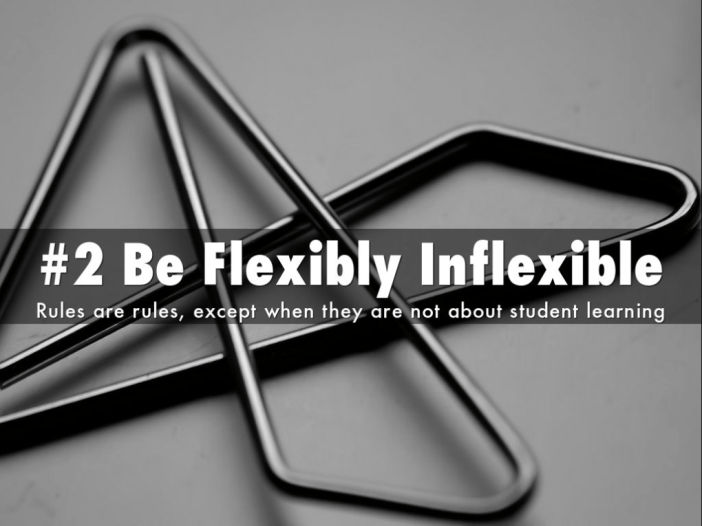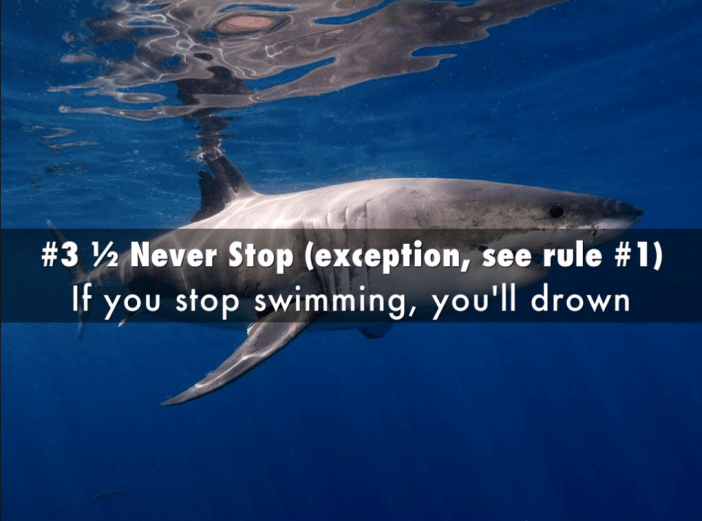This post by Kim Cofino was shared by Tricia the other day. It set out the importance of coaching in a school context, specifically technology coaching, but it could apply equally well to other coaching contexts. In the post, Kim outlined four barriers to successful coaching models, and her thoughts on them. I’d like to add one final barrier to her list.
Our time and space for growth might be limited
We need both to be coached and to grow. As a profession, we systematically build in time to plan our lessons with scheduled ‘planning periods’. We also invest time and money into Professional Development (PD) in the form of workshops, meetings, consultants and the like. But, rarely do we build in (nor talk about) time specifically for individual professional growth on a routine basis. As a result, I wonder if we need to re-evaluate what ‘full-time’ means when the needs for continual professional growth are obviously necessary, and arguably, increasingly important. The problem with growth is that it doesn’t make a pile of marking disappear, a meeting run, a lesson plan materialise, nor online curriculum records update, but it does transform how they happen. Growth is quiet, often slow and unassuming, and though it’s not necessarily intangible, it can certainly be ethereal. In other words, it’s just the type of thing we could easily overlook and ignore.
Maybe, when we think about PD budgets, perhaps we need to factor in ‘growth costs’ and re-budget accordingly; reduce the amounts spent on PD input (e.g. workshops, external speakers) and invest more in the time and space needed for the desired outcome, i.e. ‘growth’. We don’t just need planning periods, but ‘growth periods’ too; an acknowledgement that scheduled time needs to be carved out for teachers to talk about their profession, throw ideas around, reflect, act on a coaching conversation, stare blankly at a wall, be aimless in ways that provoke creativity. Here’s the challenge then: school’s need to balance the books while providing the systematic and intentional time and space for growth.
If a school can rise to this challenge, I know where I’d like my children to be educated.




